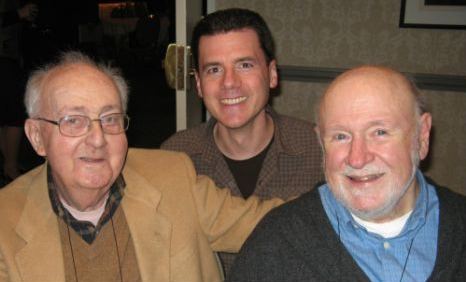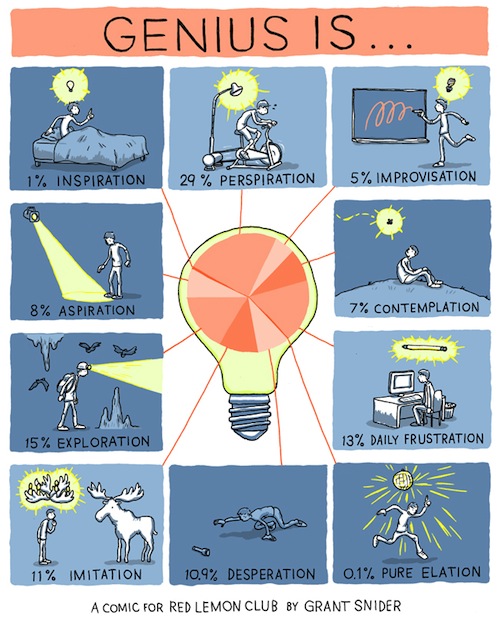The Curious Cat Management Improvement Carnival is published twice each month. The posts selected for the carnival focus on the areas of management improvement I have focused on in the Curious Cat Management Improvement Guide since 1996: Deming, lean thinking, innovation, respect for people, customer focus, etc..
- Dr. Deming’s “Role of a Manager of People” by Mark Graban – quoting Dr. Deming “A manager understands and conveys to his people the meaning of a system. He explains the aim of the system. He teaches his people to understand how the work of the group supports these aims.”
- Does Standard Work Destroy Creativity? by Janet Dozier – “When standard work is consistently and uniformly adhered to, it drives continuous improvement by exposing problems within the process. Making problems easier to see inspires planned experimentation to discover better ways to perform the work. Standards are the foundation for continuous improvement.”
- How to Be Startup CEO by Ryan Allis – “In my experience the three most important components of the Start-up CEO’s role are:
- Creating a product that solves a real customer need (and convincing customers to pay for it).
- Making sure your users and customers have an extremely positive emotional experience with your product.
- Recruiting a great team to build your product.”
- Distorting the System, Distorting the Data or Improving the System by John Hunter – “It is good to get in the habit of considering if the measured improvements are truly an indication of an improved system or merely the result of distorting the system or the data.”





 photo of (from right to left) Peter Scholtes, John Hunter and George Box in Madison, Wisconsin at the 2008 Deming Conference
photo of (from right to left) Peter Scholtes, John Hunter and George Box in Madison, Wisconsin at the 2008 Deming Conference


